Is Pressure Treated Wood Safe for Vegetable Gardens?
-
Pete Ortiz
- Last updated:
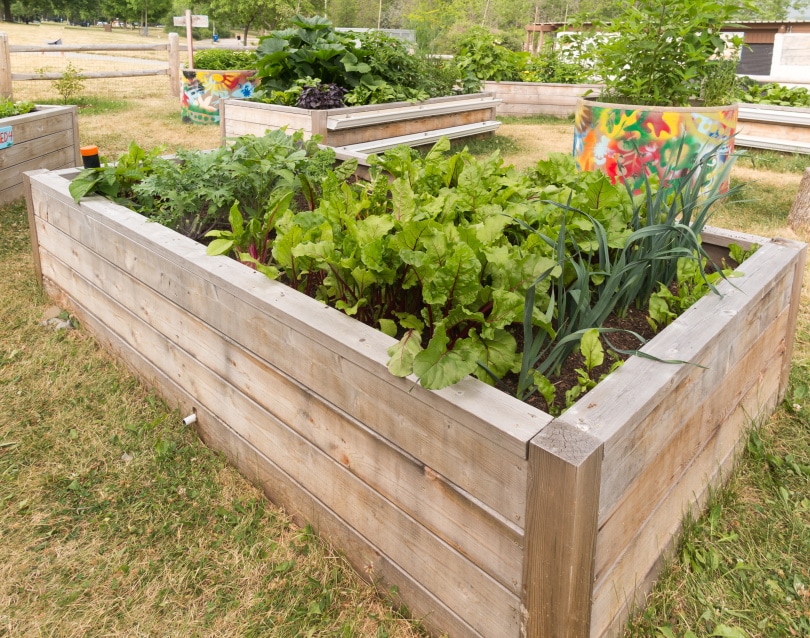
For many years, common knowledge held that chemicals used in pressure treated wood can leak into the soil making the plants toxic. Inititally, the chemicals used to treat wood including creosote, and pentachlorophenol, were a bit toxic and would pose a health hazard to the plants and soil.
However, due to increased research, regulations were put in place and better and safer means of treating wood were created.
Currently, pressure treated wood allowed for use in residential spaces is safe for humans, soil and plants. It utilizes modern means of preservation including such chemicals as alkaline copper quaternary,copper azole, naphethanate and HDO.
In this article, we will take an in depth look at whether pressure treated wood is safe for your raised vegetable garden, and the effects it may have on the soil and plants.
Earlier Methods of Preservation
Pentachlorophenol, creosote and chromate copper arsenate were all first used in the 1930s but were all later found to be hazardous after in-depth research as seen below.
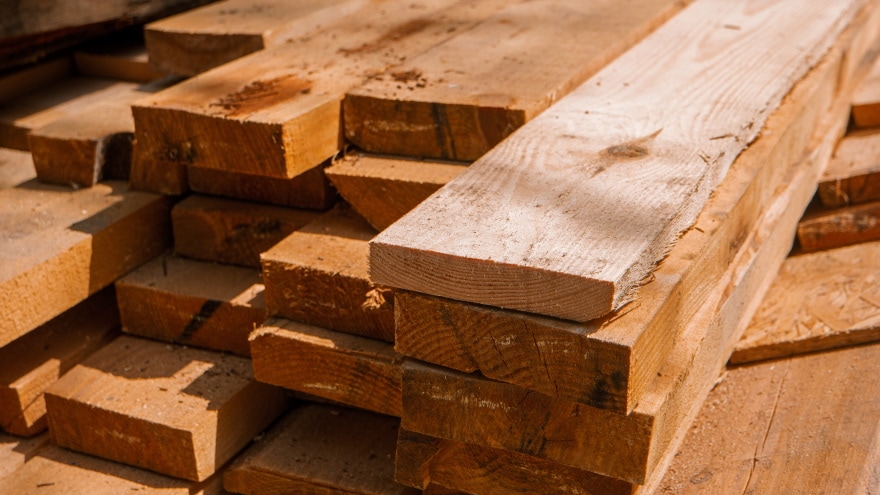
Pentachlorophenol
The chemical was first developed n the 1930s and was later registered as a pesticide, and an oil-based preservative by the 1950s.
However, it was later realized that Penta had adverse effects on plants and people alike, causing skin irritation and plat death. It is currently classified as a restricted pesticide not ideal for treating wood or other interior uses.
Creosote
Creosote was a mixture of around 400 different compounds which were combined to produce a product effective against fungi, insects and marine borers. However, on the downside, the products were found to be carcinogenic with adverse effects on both plants and people.
Currently, creosote is allowed to be used for railroad cross ties, marine structures and such, but is restricted in treating wood that will be associated with food feed or drinking water.
Chromated Copper Arsenate (CCA)
This was initially created as a wood treatment material for use in the US up to around the 2000s. However, raising concerns about the possibility of chromium leaching out to the soil led to the need for in-depth research.
The finding was that CCA should not be used with residential projects such as furniture, decks, playground structures and raised garden beds. This was due to the proof that rainfall and solar radiation helped release arsenic from the wood, which was more prevalent in the case of acidic soils. CCA was cancelled on December 31, 2003, for all residential use.
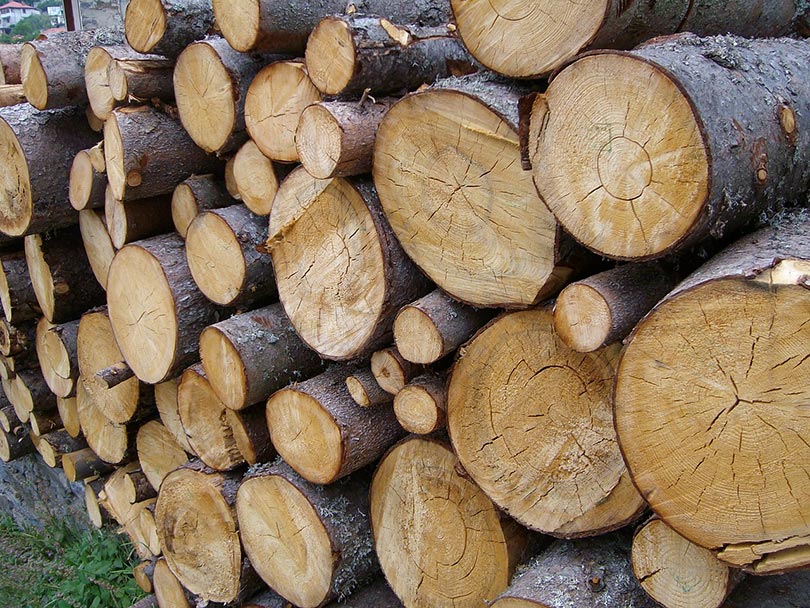
Modern Wood Preservatives
In the wake of the new information provided about the older materials used in wood preservation, newer safer methods of wood preservation were sorted after and the result was Alkaline Copper Quaternary (ACQ), Copper Azole (CA), Copper (HDO) and Copper naphthenate.
Let’s take a look at each one of these:
Alkaline Copper Quaternary (ACQ)
ACQ has been around since the 90s but only increased in popularity after the removal of CCA from the market. It is currently one of the most used products in pressure treated wood and acts as both a fungicide and an insecticide.
The product comes in multiple variations which include ACQ B, C and D, all with minimal variations of the compounds and formulas used to make them. ACQ has been registered for use on products such as wood structures, wood shingles, sea walls decking, marine pilings, fences, posts, raise beds and many more.
Research carried out suggests that ACQ treated wood is non-toxic to both oral and dermal exposure due to the copper oxide and quaternary ammonium products used in pressure treatment.
Copper Azole (CA)
This is another popular product for pressure-treated wood, especially in the U.S and Canada. It is a water-based wood preservative that helps prevent fungal decay and insect attack. The product comes in two variations with type A consisting of tebuconazole, boric acid and copper while type B has only copper and tebuconazole.
It is registered for the treatment of above-ground, salt water and fresh water decking applications. It is also allowed for use in shingles, shakes, structural lumber utility poles, plywood fences and more.
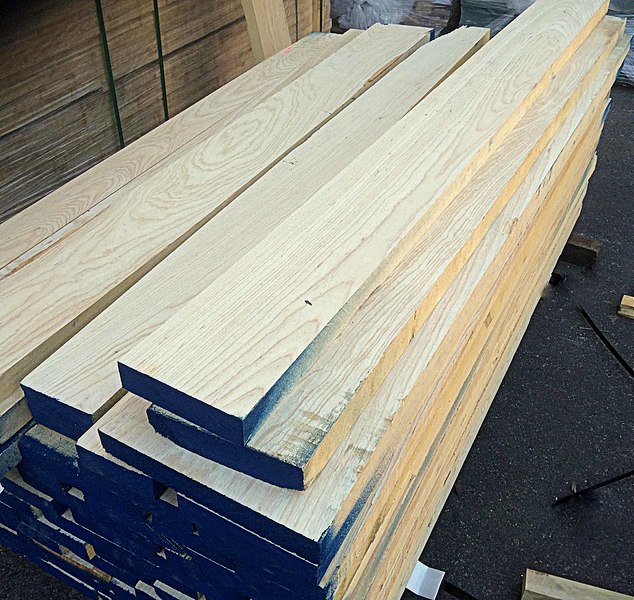
Copper HDO
This is another product registered in 2005 that ensures no contamination to the soil plants or water, as the materials are not likely to leach out. It is great for your raised vegetable beds as it is recommended for use on treated wood. However, the material is highly toxic to aquatic organisms and is not allowed for use in aquatic areas.
Copper Naphthenate
Copper naphthenate has been there for a while, mainly used as a Penta replacement product. It is effective against insects and fungi and will help protect your raised vegetable garden.
It is favorable for pressure-treated wood, which can be used for both ground contact and raised beds poles docks and fences.
Why Has Copper Become More Popular for Pressure Treated Wood?
Of all the products which have grown in popularity over time, copper has become an essential ingredient and the question may be why? For one, copper is strongly compatible with soil and binds soils at a neutral pH of 6-7. This translates to copper being virtually harmless to the plant and will remain in the soil.
Just add in a bit of mature compost to keep your plants happy and healthy.

Tips for Using Pressure Treated Wood in the Garden
Having seen the developments over time into a safer type of treated wood, there are a couple of tips that may come in handy while dealing with pressure-treated wood. Some of these include:
- Always cross-check the label that comes with the wood, as not all wood will be recommended for a raised vegetable garden. Ensure the wood you purchase is made for residential use.
- The type of wood you use is also important as it makes the difference between longevity and durability as opposed. Purchase wood that will not rot easily such as synthetic lumber and concrete blocks.
- Avoid burning pressure-treated wood at all costs. Pressure-treated wood may come with certain toxic chemicals which may be released into the atmosphere upon burning the wood, posing a health risk.
- While sealing the wood, ensure you provide an effective barrier against the leaching of chemicals; use a specialized kind of sealer for pressure-treated wood.
- Add some plastic material on the inside edges of the raised vegetable garden to add an additional barrier to the little leaching that may happen, preventing it from reaching the soil.
- Always wash off plants from the raised bed made from pressure-treated wood as at times soil may hold a lot of wood preservatives than the plants.
- Cut off the roots before preparing the plants for food as copper will most likely percolate on the roots.
- Specs of dust that come from treated wood as you work no may end up irritating you if you inhale it. Ensure you wear some gloves before you start working and modifying the wood.
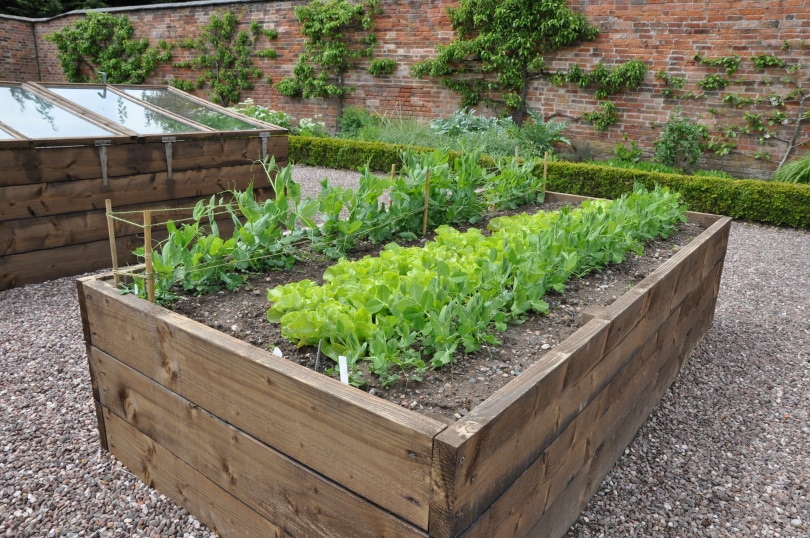
How Will You Know If The Wood You Bought Is Actually Pressure Treated?
You may not be aware of what pressure treated wood will look, feel or smell like, which may leave you vulnerable to unscrupulous dealers.
Here are some ideas you can use to determine the wood is pressure treated.
Smell Test
If you have no way of telling if the wood is pressure treated, then smell it. If it is treated it will come with an oily or chemical smell. However, if the wood is not treated it will come with a sweet smell of natural wood
Check The Color
Another clue you can check for to ensure the wood is pressure treated is the coloration of the wood. In case the wood is old or weathered such that it only appears grey, cut it and observe the interior.
In case you come across an olive green tint on the wood, it is a great sign that the wood has been pressure treated.
The Stamp
Check the wood for a stamp indicated “L P22,” it means the wood has been treated with arsenic, which is not as safe and is only good for such things as fence posts. If the stamp is written “L P2” it is not as toxic. For the safest type of treated wood go for the one with the stamp written “FDN,”
There are certain woods treated with borate that are safe for residential use and safe for humans. They come with a stamp written “Bor,” “Hi Bor,” or “TIM Bor.”
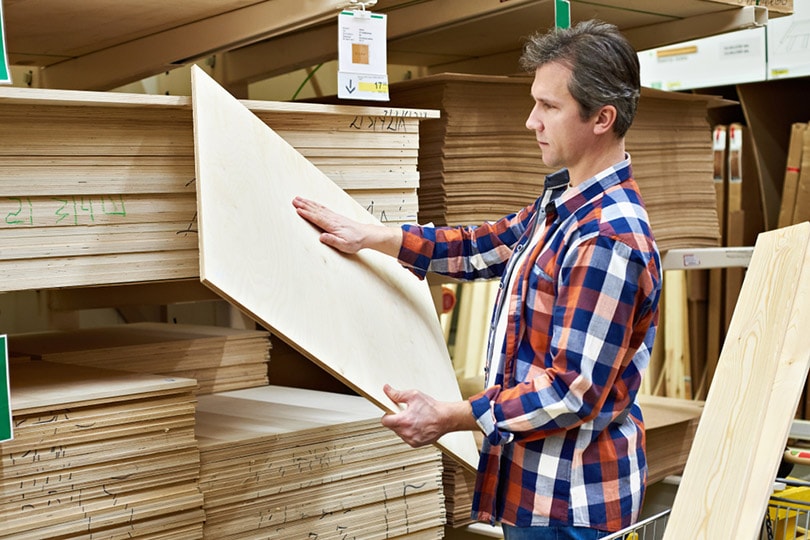
The End Tag
This is the easiest method of identifying treated wood as it will come with a tag that will provide all the information on the type of treatment the wood has undergone.
Related Read: Is Galvanized Steel Safe for Vegetable Gardens? What You Need To Know!
Frequently Asked Questions
How long does pressure-treated wood last?
Depending on various factors, the shelf life for your treated wood will be anywhere between 10-20years. This will depend on durability, budget, climate, and availability.
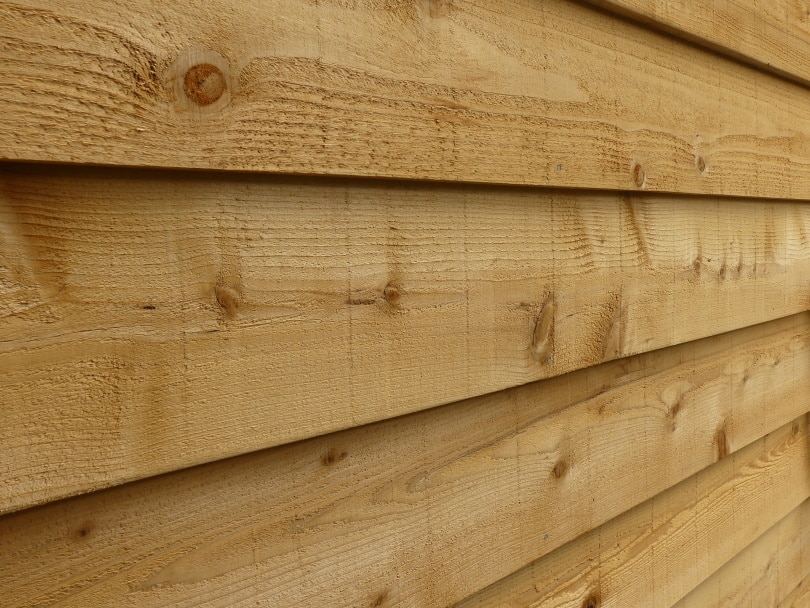
What is the best wood for a planter box?
There are a couple of woods ideal for a planter box including cedar, oak and redwood, which are resistant to insects and termites. They are also strong in the elements but are a bit more expensive.
Conclusion
Previously the use of harmful chemicals on pressure-treated wood may have been the reason for most of the distrust of pressure-treated wood we see today. However, over time, this has changed and safer options have been put in place. Pressure treated wood is now deemed safe, and will come with added advantages that will help protect your plants, and return your investment in terms of long term service.
Featured Image Credit: Alison Hancock, Shutterstock
Contents


